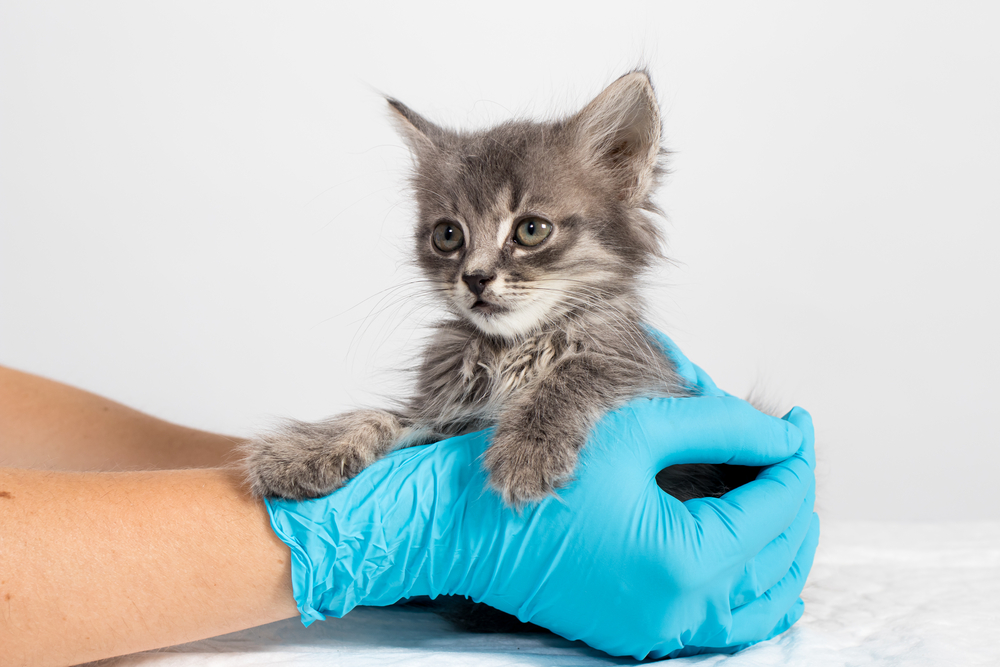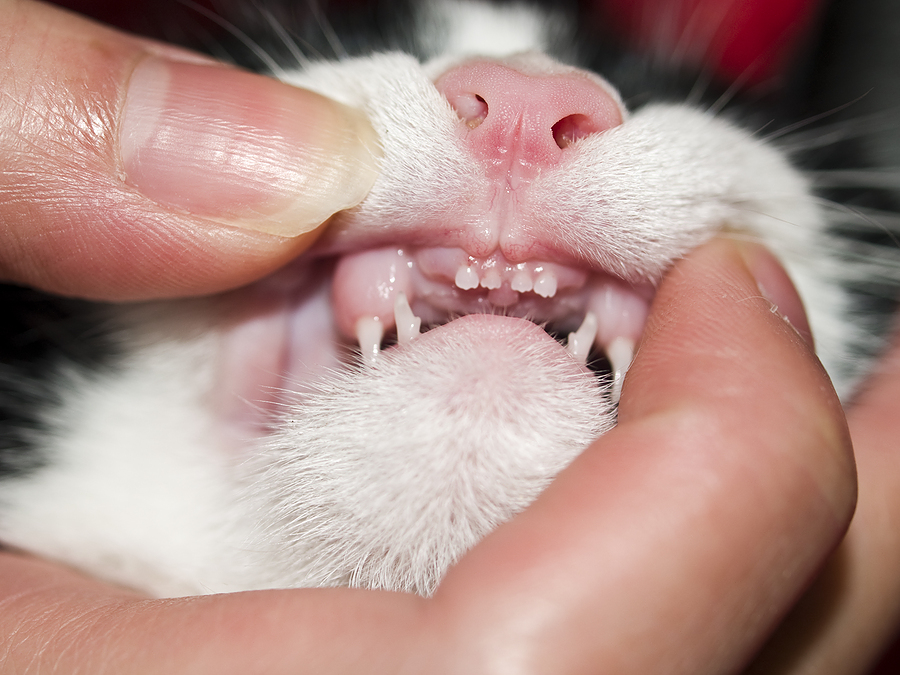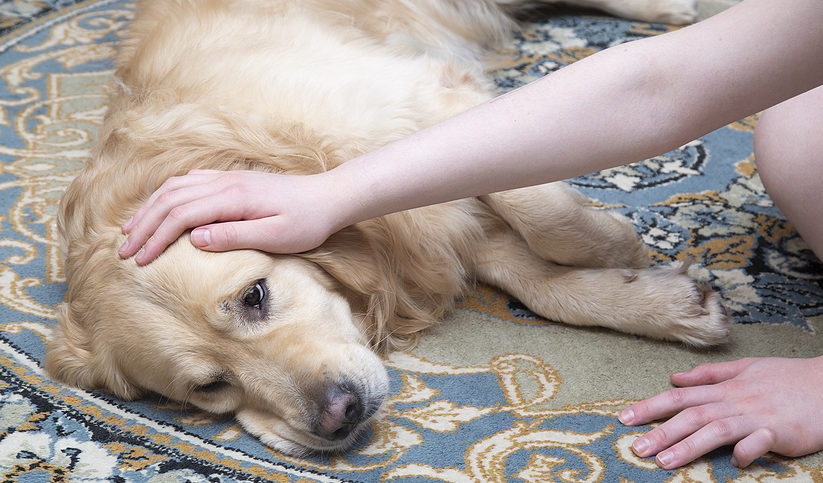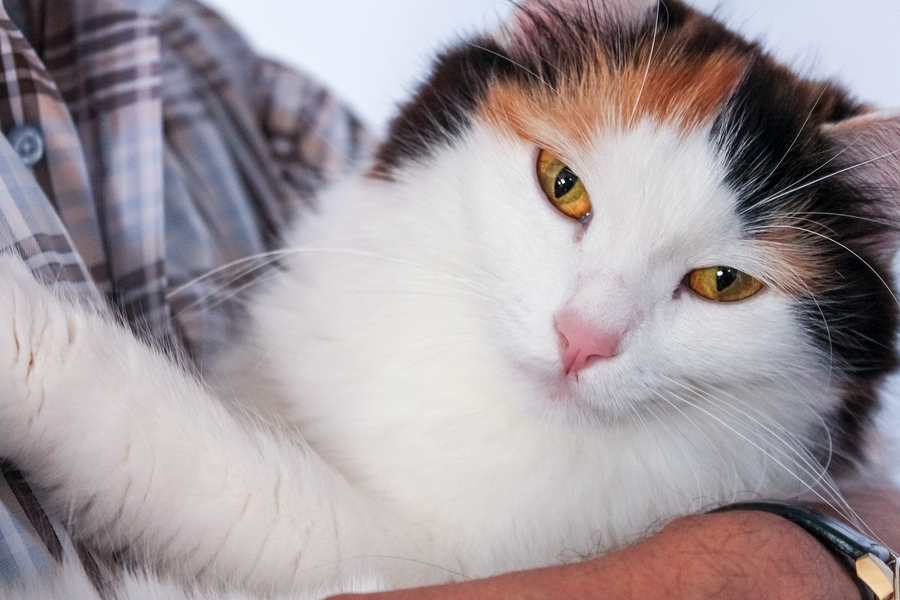
Here are four conversation starters to help clients see the benefits of vaccinations, not only for their pets’ good health, but also how vaccinations can contribute to a positive and Fear Free experience in the clinic.
The risk of contagious diseases hasn’t gone away.
Canine parvovirus, canine distemper, and infectious canine hepatitis are highly contagious and frequently life-threatening.1 In cats, herpesvirus, calicivirus, panleukopenia, chlamydia, and feline leukemia are all widely distributed diseases that cause significant morbidity and mortality.2 Rabies is fatal in both species. Young animals are at highest risk, but any unvaccinated pet can acquire them. All of these diseases are preventable with vaccinations, and multiple combination vaccines are available for any protocol.
Combinations Are Key to Comfort
To prevent anxiety, reduce stress, and keep visits Fear Free for patients and clients, you can offer combination vaccines that contain only half the volume of most vaccines. That means not only fewer needle sticks but also shorter duration of the injection. For clients who are familiar with Fear Free techniques, those things are important.
Disease risks are changing.
Bacterial diseases such as Lyme disease and leptospirosis are increasingly seen in urban and suburban dogs and in areas where the infections were previously not considered to be a problem specific to leptospirosis.3 The Companion Animal Parasite Council reports that tick-borne diseases4 such as Lyme are spreading across much of the United States, in particular to the South and West, carried by deer, rodents, and migratory birds. A warmer climate, contributing to longer periods for tick reproduction, is also a factor. Adult ticks are active year-round any time the temperature is above freezing.
Climate change and increasing human and domestic animal contact with carrier wildlife have contributed as well to a greater incidence of leptospirosis. Dogs who previously were considered to be at low risk for these diseases, in particular city dogs and dogs weighing 15 pounds or less, are now the ones more likely to be exposed to them.
Lyme disease is spreading rapidly, and leptospirosis is now found in most areas.5 A combination Lyme and lepto vaccine provides protection with a single injection and less vaccine volume.
In addition to vaccinations, be sure to provide client education about vector control and exposure risk reduction through topical or systemic insecticides.
Clients with indoor cats may believe their pets don’t need vaccination for feline leukemia virus, but a single unsupervised escape outdoors can lead to exposure to the disease. All kittens should receive vaccination(s) for FeLV, followed by a booster when they are one year old.6 They can receive a lower volume 1/2mL FVRCP-FeLV combination for a more comfortable vaccination experience.
Vaccinating cats against FeLV has contributed to a decrease in the prevalence of the disease. Test for FeLV prior to vaccination so that cats who test positive aren’t vaccinated unnecessarily.
Technology designed to reduce the likelihood of vaccine reactions.
Unwanted proteins are associated with injection-site pain and swelling. Highly purified 1/2mL Ultra vaccines, using Purefil Technology, are designed to decrease vaccination reactions associated with unwanted protein and debris, reducing proteins by up to 75%. Their efficacy and safety have been demonstrated extensively in real-world studies.
This article was reviewed/edited by board-certified veterinary behaviorist Dr. Kenneth Martin and/or veterinary technician specialist in behavior Debbie Martin, LVT.
Kim Campbell Thornton is content manager for Fear Free Pets and is an Elite Fear Free Certified Professional. She has been writing about dogs, cats, wildlife, and marine life since 1985 and is a recipient of multiple awards from the Cat Writers Association, Dog Writers Association of America, and American Society of Journalists and Authors. When she’s not writing or editing, she’s snuggling with Sparkles, her Cavalier King Charles Spaniel.
TruCan, TruFel, Elanco and the diagonal bar logo are trademarks of Elanco or its affiliates. Other company and product names are trademarks of their respective owners. ©2023 Elanco or its affiliates. PM-US-22-2260
References
1 2022 AAHA Canine Vaccination Guidelines. https://www.aaha.org/globalassets/02-guidelines/2022-aaha-canine-vaccination-guidelines/resources/2022-aaha-canine-vaccinations-guidelines.pdf Accessed on December 13, 2022.
2 2020 AAHA/AAFP Feline Vaccination Guidelines. https://www.aaha.org/globalassets/02-guidelines/feline-vaccination-guidlines/resource-center/2020-aahaa-afp-feline-vaccination-guidelines.pdf Accessed on December 13, 2022.
3 White, A., et. al. “Hotspots of canine leptospirosis in the United States of America.” The Veterinary Journal, 222 (2017), 29-35. https://www.sciencedirect.com/science/article/pii/S109002331730059X Accessed on December 13, 2022.
4 Companion Animal Parasite Council (CAPC) 2022 Pet Parasite Forecast. https://capcvet.org/about-capc/news-events/companion-animal-parasite-council-releases-2022-annual-pet-parasite-forecast/ Accessed on December 13, 2022.
5 Smith, Amanda M., et. al. “Potential Drivers for the Re-Emergence of Canine Leptospirosis in the United States and Canada.” Tropical Medicine and Infectious Disease (2022). https://www.mdpi.com/2414-6366/7/11/377/htm Accessed December 13, 2022.
6 Little, Susan, et. al. “2020 AAFP Feline Retrovirus Testing and Management Guidelines.” Journal of Feline Medicine and Surgery, Vol. 22, Issue 1 (2020). https://journals.sagepub.com/doi/full/10.1177/1098612X19895940 Accessed December 13, 2022.
This post is brought to you by our sponsor, Elanco, the maker of TruFel Ultra Vaccines.



 Brought to you by our friends at Zoetis. ©2022 Zoetis Services LLC. All rights reserved. NA-03139
Brought to you by our friends at Zoetis. ©2022 Zoetis Services LLC. All rights reserved. NA-03139



 Here’s a good rule of thumb when choosing a chew toy: if you can’t easily bend it with your hands or if you wouldn’t want to be hit in the knee with it, don’t give it to a pet. Wild dogs and wolves often have multiple fractures in their mouths due to chewing on bones.
Here’s a good rule of thumb when choosing a chew toy: if you can’t easily bend it with your hands or if you wouldn’t want to be hit in the knee with it, don’t give it to a pet. Wild dogs and wolves often have multiple fractures in their mouths due to chewing on bones.



 This post is brought to you by our sponsor, Elanco, the makers of
This post is brought to you by our sponsor, Elanco, the makers of 
